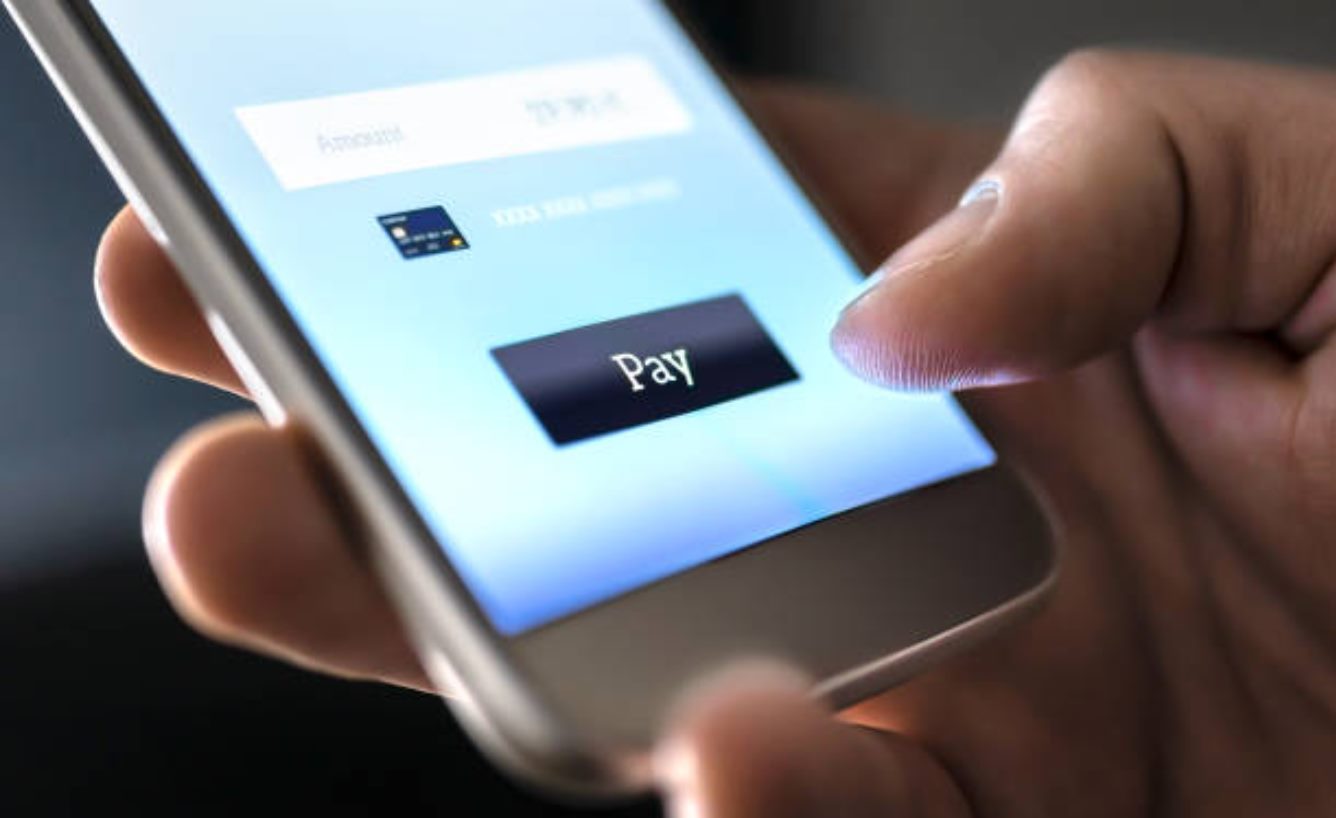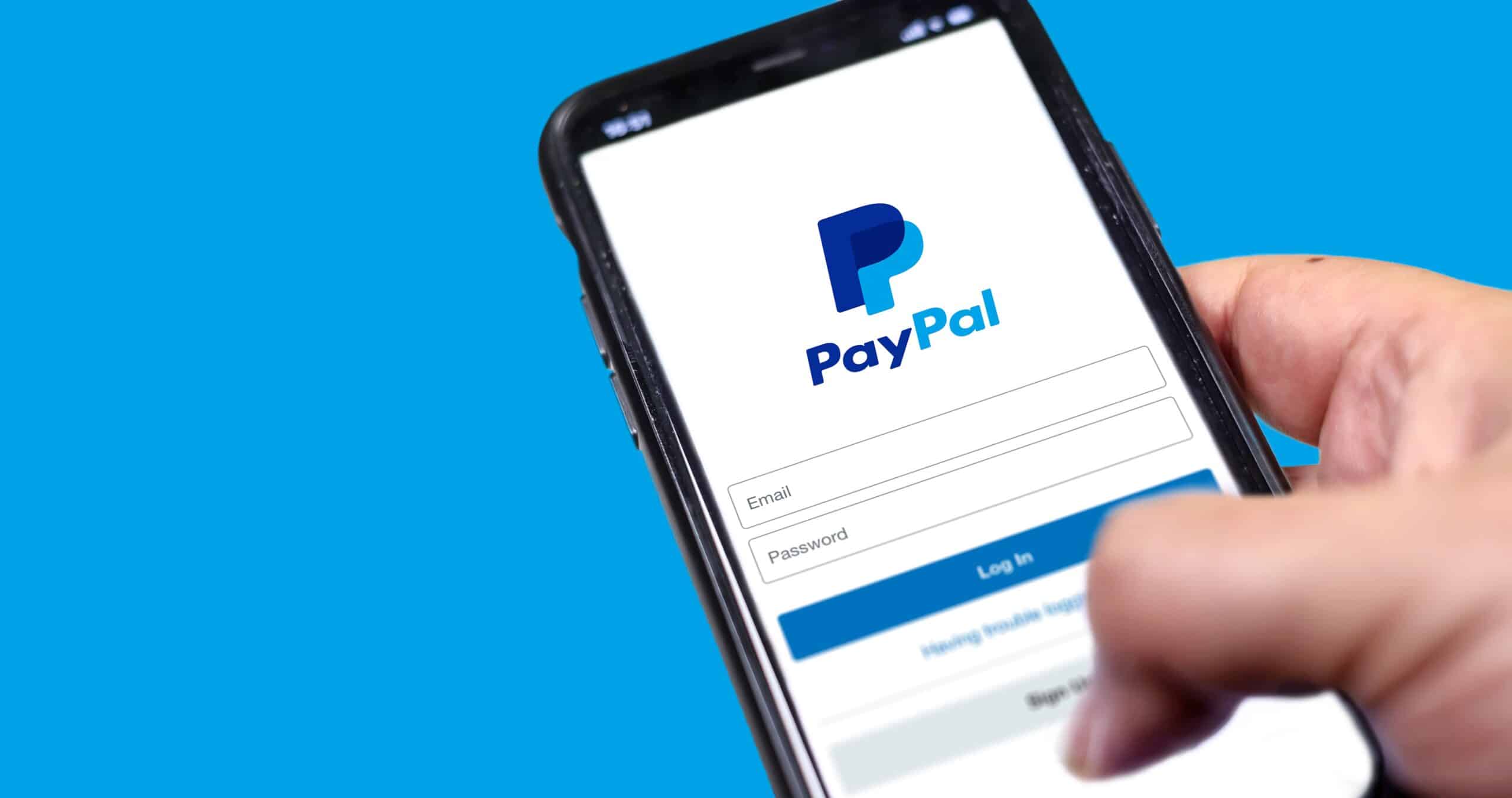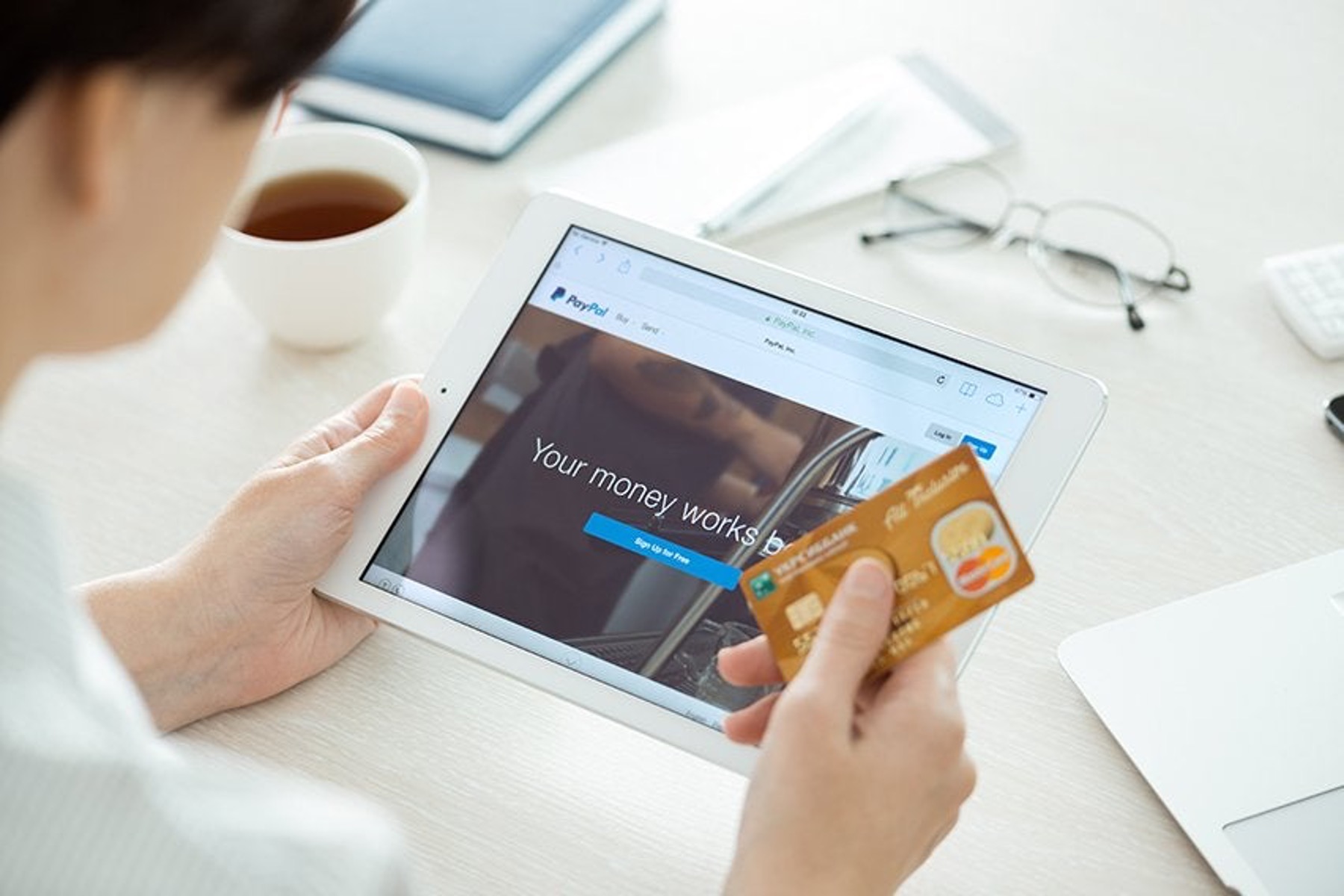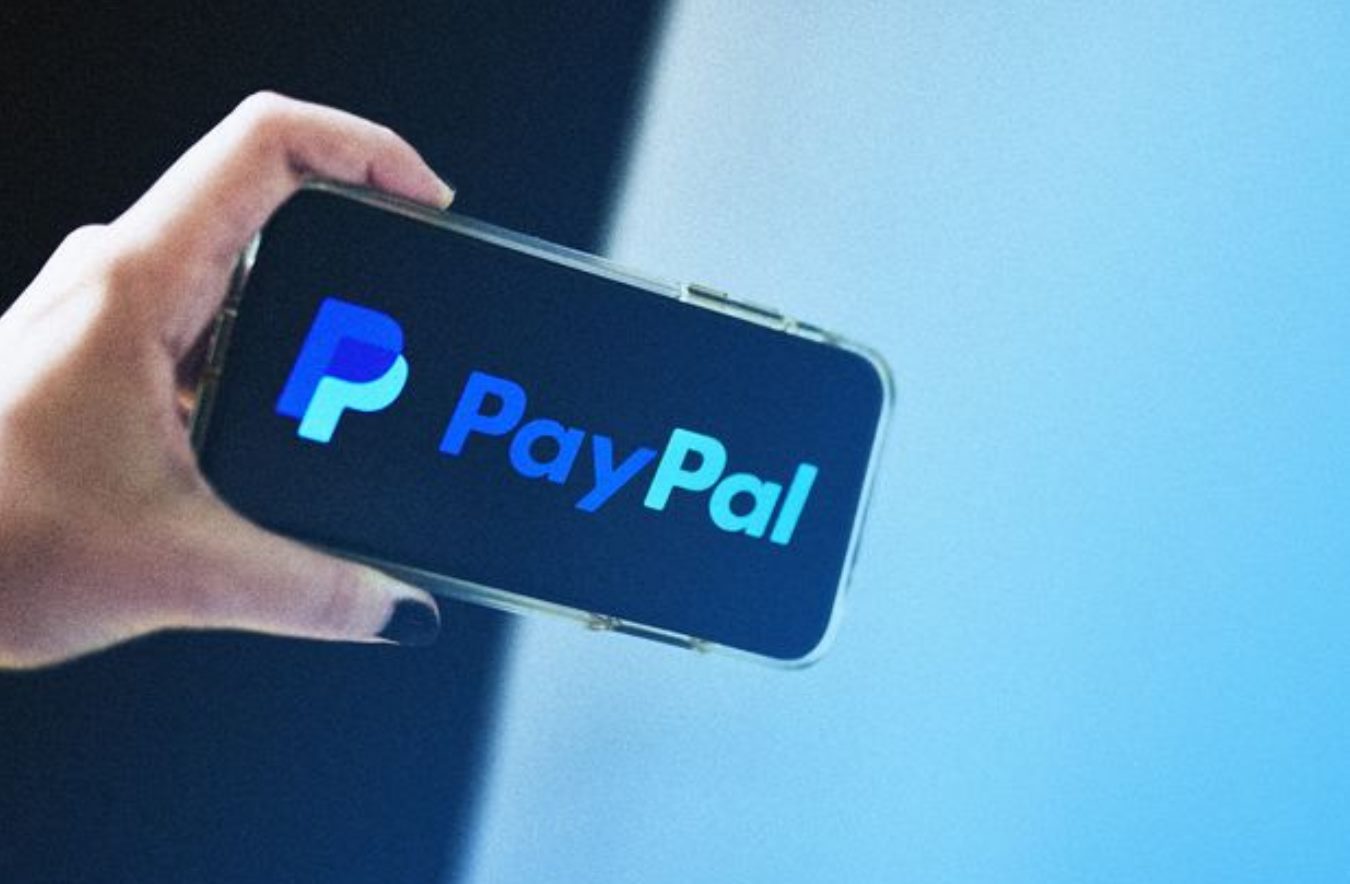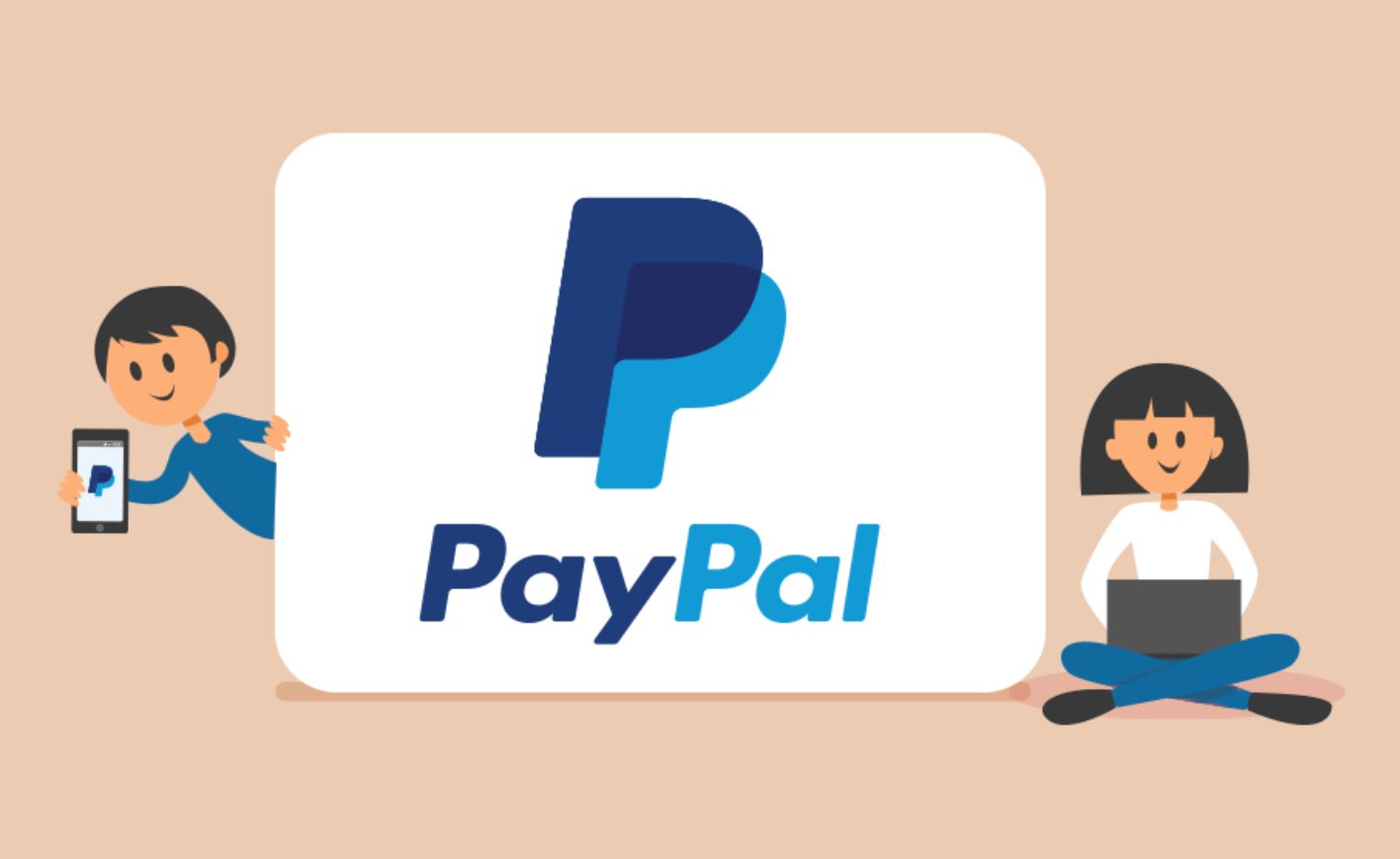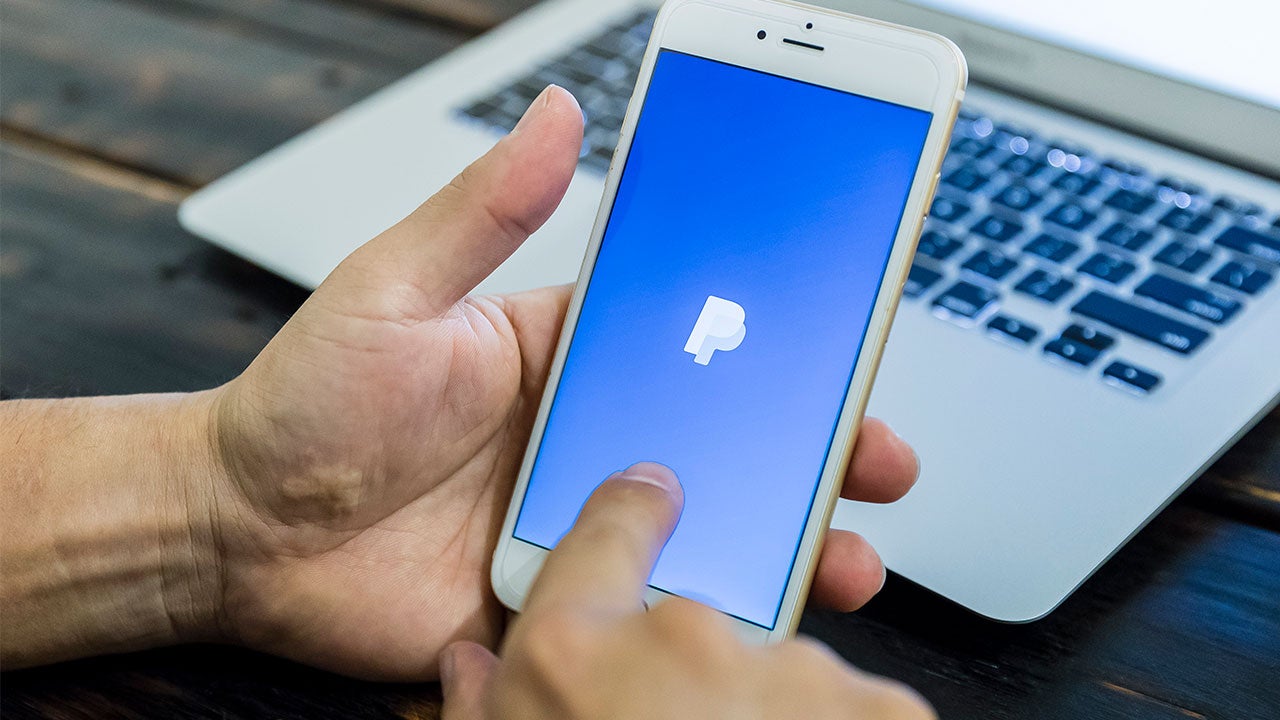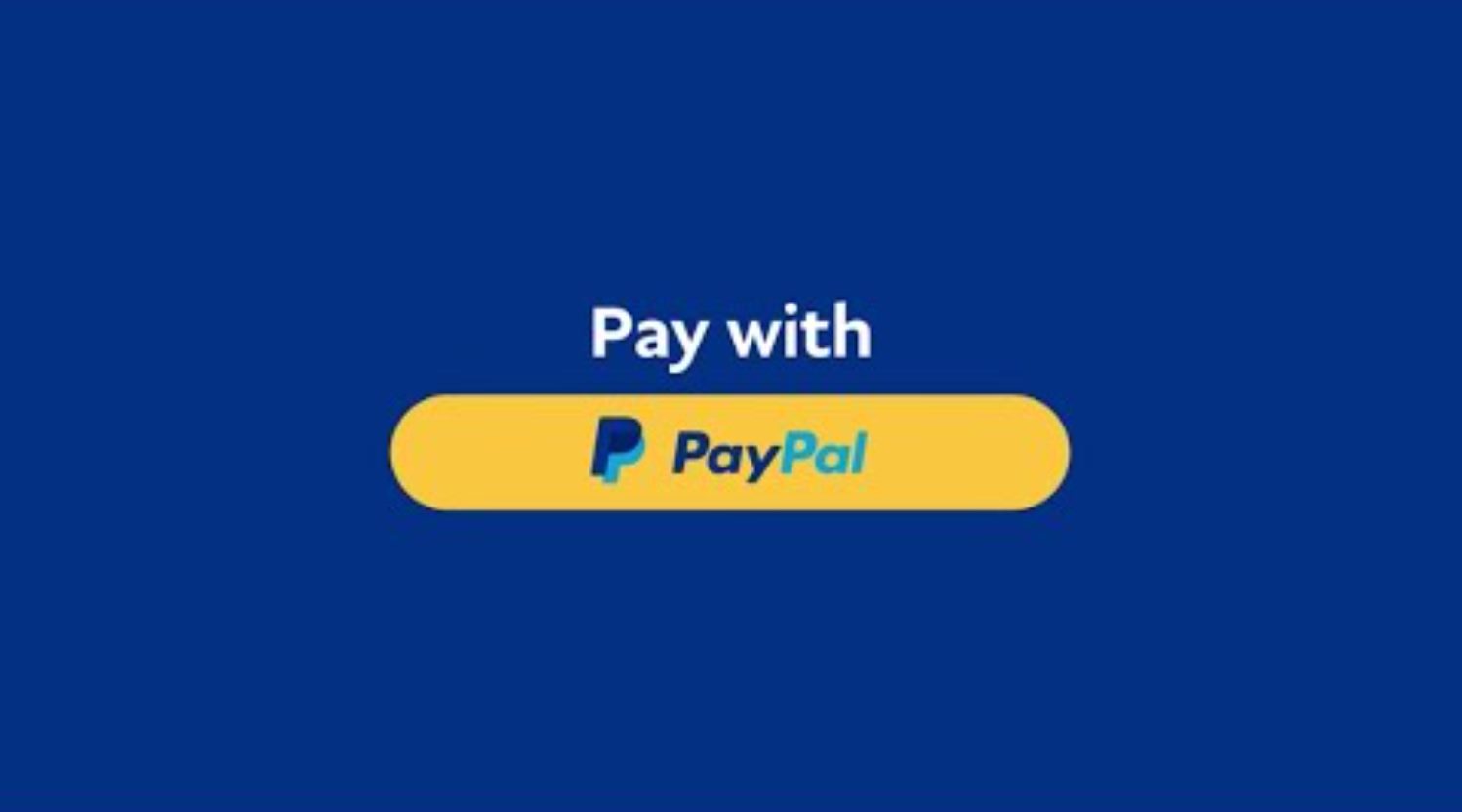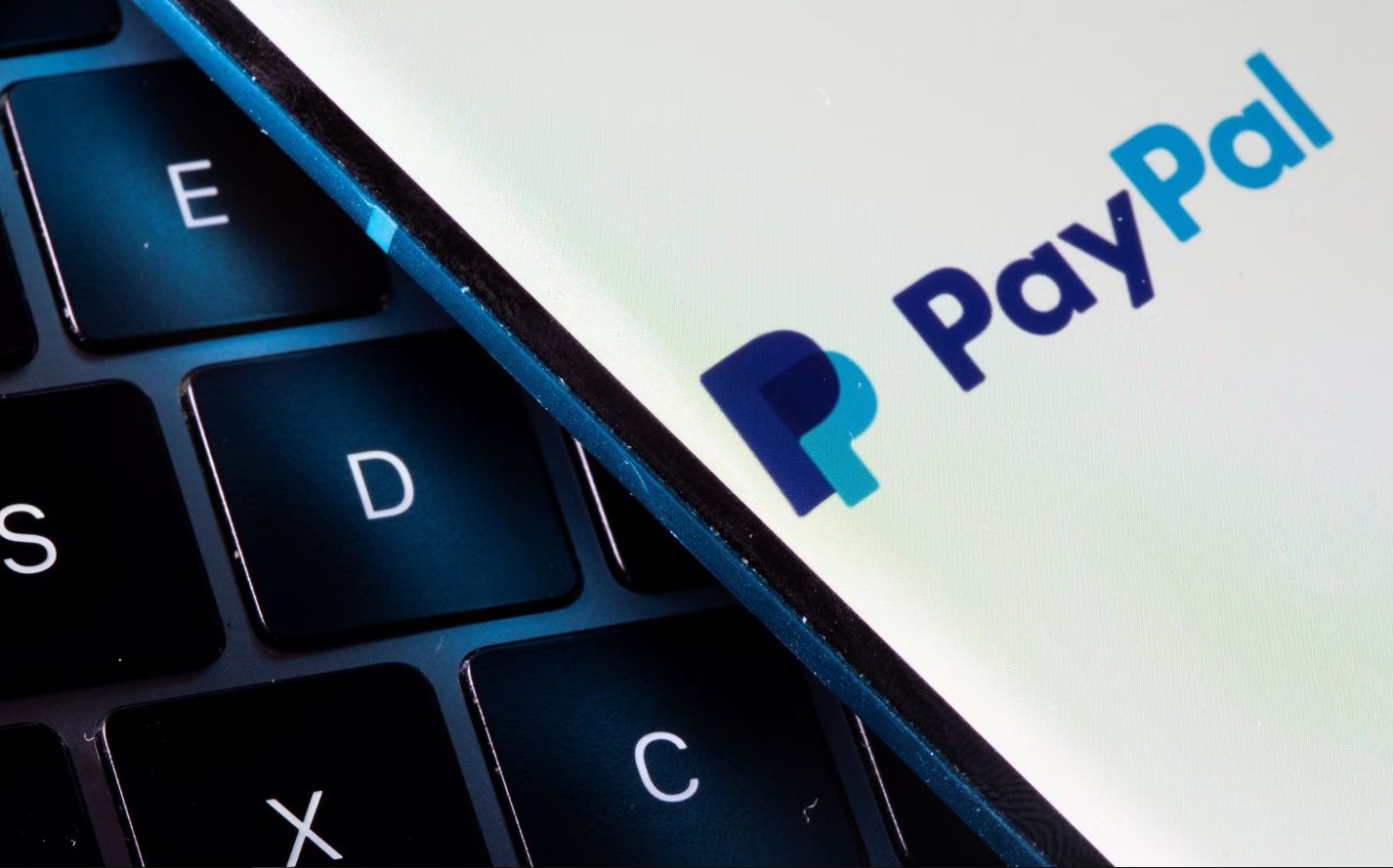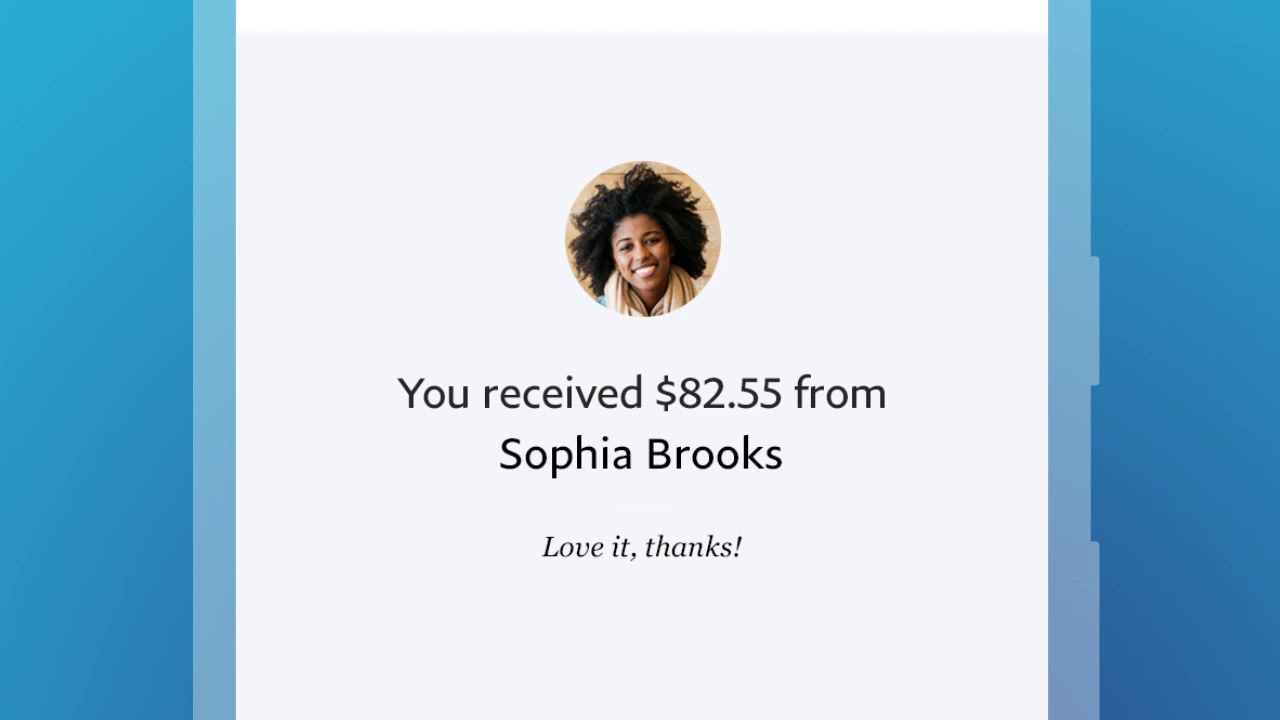Introduction
Welcome to the world of online payments and transactions! PayPal is a widely used platform that allows you to securely send and receive money with just a few clicks. Whether you’re a freelancer, an online seller, or simply want to split expenses with friends and family, PayPal makes it easy to transfer funds electronically.
In this article, we will guide you through the process of receiving money through PayPal. We’ll cover everything from creating an account to confirming the payment and transferring the funds to your bank account. So, let’s get started!
First things first, if you don’t already have a PayPal account, you’ll need to create one. It’s a straightforward process that involves providing your personal information, such as your name, email address, and a secure password. Once you’ve completed the sign-up form, you’ll be ready to start receiving money electronically.
Next, it’s important to verify your PayPal account. Verifying your account adds an extra layer of security and enables you to withdraw funds to your bank account. To verify your account, you may be asked to link a bank account or provide credit card information. PayPal will guide you through the verification process to ensure your account is fully functional.
Once your PayPal account is set up and verified, you’ll have a unique email address associated with your account. Alternatively, you can generate a personalized PayPal.me link, which you can share with others to receive payments. When someone wants to send you money, whether it’s a friend, a client, or a buyer, you’ll simply provide them with your PayPal email address or PayPal.me link.
Now that you’ve shared your PayPal details with someone, they can easily send you money using their own PayPal account or by entering their credit card information. PayPal will handle the transaction securely, and you’ll receive a notification when the money is sent.
When the payment is received, you’ll want to confirm it in your PayPal account. Log in to your account and navigate to the “Activity” or “Transactions” section. Here, you’ll see a record of all your incoming and outgoing payments. Locate the payment you received and review the details to ensure it’s accurate.
Once you’ve confirmed the payment, you might be wondering how to access the funds. PayPal offers multiple options, with the most common being to transfer the money to your linked bank account. This can usually be done by clicking on the “Transfer” or “Withdraw” button in your PayPal account and selecting the bank account where you want the funds to be deposited.
It’s important to note that PayPal may have certain fees or restrictions when it comes to withdrawing funds. Be sure to familiarize yourself with the terms and conditions to avoid any surprises.
To sum it up, receiving money through PayPal is a straightforward process that involves creating an account, sharing your PayPal details, confirming the payment, and transferring the funds to your bank account. With PayPal’s secure platform, you can easily receive and access your funds for various personal and professional needs.
Creating a PayPal Account
In order to start receiving money through PayPal, you first need to create a PayPal account. Follow these simple steps to get started:
- Go to the PayPal website (www.paypal.com) and click on the “Sign Up” button.
- Select the type of account you would like to create – “Personal” or “Business”. Most individuals choose the Personal account option.
- Enter your email address and create a secure password for your PayPal account. Make sure to choose a strong password that includes a combination of letters, numbers, and special characters.
- Fill in your personal information, such as your name, address, and phone number.
- Read and accept the PayPal User Agreement and Privacy Policy. It’s important to review these documents to understand your rights and responsibilities as a PayPal user.
- Complete the verification process. You may be asked to link a bank account or provide credit card information to verify your account.
- Once you’ve completed all the required steps, your PayPal account will be created, and you’ll receive a confirmation email from PayPal.
It’s important to note that PayPal may have additional requirements or restrictions depending on your country of residence. Be sure to check the specific guidelines for your region to ensure a smooth account creation process.
Creating a PayPal account allows you to securely receive money from others and make online payments without sharing your financial information. It’s a convenient and widely used platform that offers buyer and seller protection, making it a trusted choice for individuals and businesses alike.
Once your PayPal account is set up, you can start sharing your PayPal email address or PayPal.me link with others to receive payments. In the next sections, we’ll guide you through the process of verifying your PayPal account, sharing your PayPal details, and receiving and accessing the funds.
Verifying Your PayPal Account
Verifying your PayPal account is an important step to unlock additional features and increase security. Here’s what you need to do to verify your account:
- Log in to your PayPal account using your email address and password.
- Click on the “Settings” or “Profile” menu, typically located in the top-right corner of the page.
- Look for the “Account Settings” or “Account Details” section and click on it.
- Within the account settings, you’ll find the “Verification” or “Get Verified” option. Click on it to start the verification process.
- PayPal may ask you to link a bank account, provide credit card information, or confirm your identity using other means. Follow the prompts and provide the necessary information to complete the verification process.
- Once you’ve submitted the required information, PayPal will review it and notify you of the verification status. This process may take a few days.
- If your account verification is successful, you’ll receive a notification from PayPal confirming that your account is now verified.
- Once your PayPal account is verified, you’ll gain access to additional tools and benefits, such as the ability to withdraw funds to your bank account.
Verifying your PayPal account is crucial for ensuring the security and trustworthiness of your transactions. It also helps to prevent fraud and unauthorized use of your account.
It’s important to note that PayPal may have specific verification requirements depending on your country of residence. This can include verifying your identity or providing additional documentation. Be sure to follow the instructions provided by PayPal to successfully complete the verification process.
By verifying your PayPal account, you can have peace of mind knowing that your transactions are protected and your account is more secure. It’s a necessary step to unlock additional features and benefits as you continue to use PayPal for receiving and sending money online.
Sharing Your PayPal Email or Link
Now that your PayPal account is set up and verified, you’re ready to start receiving money. To do so, you need to share your PayPal email address or PayPal.me link with the person or organization who wants to send you money. Here’s how to go about it:
- Log in to your PayPal account using your email address and password.
- Once logged in, locate your PayPal email address or your personalized PayPal.me link. You can find this information on your PayPal account homepage or by navigating to the “Settings” or “Profile” section.
- If you’re sharing your PayPal email address, provide the email address associated with your PayPal account to the person or organization sending you money. They will need this information to initiate the payment.
- If you’re using a PayPal.me link, you can generate a URL that you can easily share with others. This link will direct the sender to a payment page where they can enter the amount and send you money directly. Simply copy and share your PayPal.me link with the sender.
- You can share your PayPal details via email, messaging apps, social media platforms, or any other preferred method of communication.
By sharing your PayPal email or PayPal.me link, you make it convenient for others to send you money securely and quickly. They can use their own PayPal account or their credit card to initiate the payment.
It’s worth mentioning that PayPal provides a higher level of security for transactions when both parties have PayPal accounts. This ensures that the payment process is smooth, protected, and fully traceable.
When sharing your PayPal details, it’s important to be cautious and share them only with trusted individuals or organizations. Avoid sharing your PayPal information on public forums or with unknown entities to protect yourself and prevent unauthorized use of your account.
Now that you’ve shared your PayPal email or PayPal.me link, the sender can easily send you money through their PayPal account or using their credit card. In the next sections, we’ll walk you through the process of requesting and receiving money through PayPal, as well as confirming the payment and accessing the funds.
Requesting Money from Someone Through PayPal
Asking someone to send you money through PayPal is a simple process. Whether you’re a freelancer providing services, a small business owner, or just looking to split expenses with a friend or family member, PayPal offers an easy way to request money. Here’s how to do it:
- Log in to your PayPal account using your email address and password.
- On the homepage or main dashboard, look for the “Request Money” or “Create an Invoice” option.
- Click on the appropriate button to initiate the money request process.
- Enter the required information, such as the email address or name of the person from whom you are requesting money.
- Specify the amount you want to request and select the currency.
- Include any additional details or a brief description of why you are requesting the money. This can help provide clarity to the recipient.
- Select the delivery method for the request. You can choose to send an email with a payment link or generate a shareable request link that you can send to the person through other communication channels.
- Review all the information and ensure it’s accurate before sending the request.
Once the request is sent, the recipient will receive a notification through the selected method (email or link). They will be able to click on the provided link, review the request details, and proceed with making the payment using their PayPal account or credit card.
By requesting money through PayPal, you have a record of the transaction, and it helps maintain transparency between you and the person you’re requesting funds from. It’s a convenient way to track and manage payments, particularly in professional or business settings.
After sending the request, you can also track the status of the request under the “Activity” or “Transactions” section of your PayPal account. You’ll be able to see if the request has been viewed, paid, or if it’s still pending.
Remember, when requesting money through PayPal, it’s important to maintain good communication with the recipient. Promptly respond to any inquiries or questions they may have to ensure a smooth payment process.
Now that you’ve learned how to request money from someone through PayPal, let’s move on to the process of receiving money and confirming the payment in your PayPal account.
Receiving Money Through PayPal
Receiving money through PayPal is a seamless process that allows you to securely accept payments from individuals or organizations. Once the sender has initiated the payment, you’ll receive a notification, and the funds will be deposited into your PayPal account. Here’s what you need to know about receiving money through PayPal:
- When someone sends you money through PayPal, you’ll receive an email notification informing you of the payment.
- Open the email and click on the provided link to log in to your PayPal account.
- Alternatively, you can simply log in to your PayPal account directly using your email address and password.
- Navigate to the “Activity” or “Transactions” section of your PayPal account. Here, you’ll find a record of all your incoming and outgoing payments.
- Locate the incoming payment in the list and click on it to view the details. You’ll be able to see the sender’s name, transaction ID, and the amount received.
- Take a moment to review the transaction details to ensure everything is accurate. If you have any questions or concerns about the payment, you can contact PayPal support for assistance.
- Once you’ve confirmed the payment details and are satisfied with the transaction, you can proceed to manage the funds in your PayPal account.
Remember, funds received in your PayPal account can be used for various purposes. You can make online purchases with merchants who accept PayPal, transfer the funds to your linked bank account, or keep the money in your PayPal account for future transactions.
It’s important to note that PayPal may charge certain fees when you receive money, especially for international transactions or for receiving payments in different currencies. Familiarize yourself with the fee structure on the PayPal website to understand any potential charges associated with receiving funds.
By using PayPal to receive money, you benefit from the security and convenience of a trusted online payment platform. PayPal offers buyer and seller protection, helping to safeguard your transactions and provide peace of mind.
Now that you know how to receive money through PayPal, let’s move on to the next step – confirming the payment in your PayPal account.
Confirming the Payment in Your PayPal Account
After receiving money through PayPal, it’s important to confirm the payment in your account to ensure accuracy and keep track of your transactions. Confirming the payment is a simple process that involves reviewing the details of the received payment. Here’s how to do it:
- Log in to your PayPal account using your email address and password.
- Navigate to the “Activity” or “Transactions” section of your PayPal account.
- Scroll through the list of transactions to locate the payment you want to confirm. You can filter the transactions by date, amount, or other relevant criteria to help you find the specific transaction.
- Click on the payment to view the transaction details, including the sender’s name, date of the transaction, and the amount received.
- Take a moment to carefully review the payment details to ensure their accuracy. Check that the amount received matches your expectations and that the sender’s information is correct.
- If everything looks accurate, you can proceed to confirm the payment. On the transaction details page, you will find an option to confirm the payment. Click on the “Confirm” or “Mark as Complete” button.
- After confirming the payment, the transaction status will be updated in your PayPal account to indicate that the payment has been confirmed.
- It’s a good practice to keep a record of all confirmed payments for your own reference. You can download or print the transaction details for your records.
Confirming the payment in your PayPal account ensures the accuracy of your transaction history and provides a clear record of the received funds. It also gives you peace of mind, knowing that the payment has been confirmed and completed successfully.
In case you notice any discrepancies or have concerns about a specific payment, PayPal provides customer support to assist you. Reach out to PayPal’s customer service for any issues or questions related to confirming payments in your account.
Now that you know how to confirm the payment in your PayPal account, let’s move on to the next step – accessing and transferring the money to your bank account.
Transferring the Money to Your Bank Account
Once you have confirmed the payment in your PayPal account, you may want to transfer the received funds to your linked bank account. This allows you to access the money easily and use it for your personal or business needs. Here’s how to transfer money from your PayPal account to your bank account:
- Log in to your PayPal account using your email address and password.
- On the homepage or main dashboard, locate and click on the “Transfer” or “Withdraw” button.
- Select the option to transfer funds to your linked bank account. If you haven’t linked a bank account to your PayPal account, you’ll need to do so before you can proceed with the transfer.
- Enter the amount you want to transfer from your PayPal account to your bank account. Keep in mind that PayPal may have minimum and maximum limits for transfers.
- Select the linked bank account where you want the funds to be deposited. If you have multiple bank accounts linked, choose the one you prefer for the transfer.
- Review the transfer details to ensure accuracy, including the transfer amount and the destination bank account.
- Click on the “Transfer” or “Confirm” button to initiate the transfer. PayPal will process the transfer, and the funds will be sent to your bank account.
- It may take a few business days for the transfer to be completed and for the funds to appear in your bank account. The exact timeline may vary depending on your bank’s processing times.
- Once the transfer is complete, you’ll receive a confirmation email from PayPal. You can also check the “Activity” or “Transactions” section in your PayPal account to verify that the transfer has been processed successfully.
Transferring money from your PayPal account to your bank account provides you with greater flexibility and accessibility to your funds. Whether you need to pay bills, make purchases, or simply have the money readily available, transferring to your bank account is a convenient option.
It’s important to note that PayPal may charge certain fees for transferring money to your bank account, especially for international transfers or transfers involving different currencies. Familiarize yourself with the fee structure on the PayPal website to understand any potential charges associated with transfers.
By transferring money to your bank account, you can have better control over your finances and easily manage your funds outside of the PayPal platform.
Now that you know how to transfer money from your PayPal account to your bank account, you’re ready to manage your funds seamlessly and utilize them as needed.
Conclusion
Receiving money through PayPal offers a convenient and secure way to accept payments from individuals and organizations. By following the steps outlined in this article, you can easily create a PayPal account, verify it, share your PayPal details, request money, receive payments, and manage your funds.
Creating a PayPal account is the first step, allowing you to securely receive money electronically. Verifying your account adds an extra layer of security and unlocks additional features, such as the ability to withdraw funds to your bank account.
Sharing your PayPal email or PayPal.me link makes it convenient for others to send you money. By providing them with your PayPal details, they can initiate payments using their PayPal account or credit card.
Requesting money from someone through PayPal is a simple process. You can send a money request to individuals or organizations for various purposes, and they can easily make the payment using their PayPal account or credit card.
Once the payment is sent, confirm it in your PayPal account by reviewing the details. Taking the time to ensure accuracy helps maintain transparency and keep track of your transactions.
Transferring the received money to your bank account allows you to access the funds easily and use them for various personal or business needs. PayPal facilitates the seamless transfer of funds, and you can track the progress of the transfer in your account.
Overall, PayPal offers a user-friendly platform for receiving money electronically, with numerous benefits such as secure transactions, buyer and seller protection, and the flexibility to manage funds according to your needs.
As you navigate the world of online payments, remember to adhere to PayPal’s guidelines, maintain clear communication with senders and recipients, and stay vigilant to protect against potential fraud or unauthorized use of your PayPal account.
With the knowledge gained from this article, you’re now equipped to confidently receive money through PayPal and take advantage of the convenience and security it offers.







